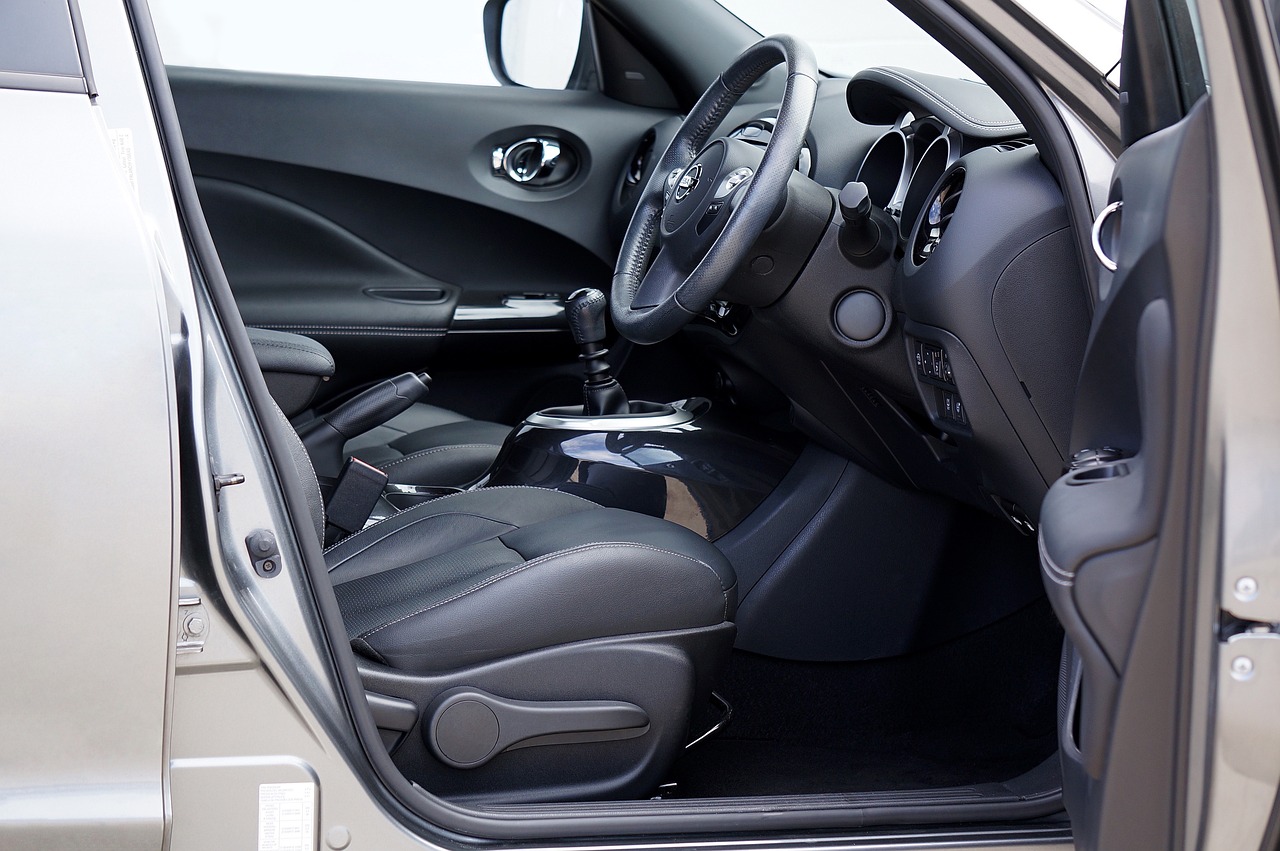How to Safely Drive in Winter Conditions
Snow and ice are two major hazards that can make winter driving extremely treacherous. Black ice, in particular, is a sneaky threat that forms when the temperature drops below freezing and rain or melted snow refreezes on the road surface. This thin, transparent layer of ice is difficult to spot and can cause vehicles to slide out of control. Snow accumulation on roads can also create slippery conditions, reducing traction and increasing the risk of accidents. It is important for drivers to exercise caution and reduce speed when encountering these hazards.
Another significant winter road hazard is reduced visibility due to snowfall or blowing snow. Diminished visibility makes it challenging for drivers to see the road ahead, as well as other vehicles, pedestrians, or obstacles. In blizzard conditions, whiteouts can occur, completely obscuring the landscape and leading to disorientation. In situations of poor visibility, it is crucial for drivers to use headlights, fog lights, and hazard lights to make themselves more visible to others on the road.
Preparing Your Vehicle for Winter Driving
As winter approaches, it’s essential to make sure your vehicle is ready to tackle the challenges of icy roads and snow-covered streets. One crucial step to prepare your vehicle for winter driving is to check the condition of your tires. Worn-out tires with low tread depth are a safety hazard on slippery surfaces, so make sure your tires are in good condition and properly inflated. Additionally, consider switching to winter tires for improved traction in cold weather conditions.
Another important aspect of preparing your vehicle for winter driving is ensuring that your car’s battery is in good working order. Cold weather can put a strain on your battery, making it harder for your car to start. Have your battery tested to ensure it’s holding a charge and replace it if necessary. It’s also a good idea to check your antifreeze levels and windshield washer fluid, as these are essential fluids for winter driving. By taking these steps to prepare your vehicle for winter, you can help ensure a safe and smooth driving experience in the colder months.
Driving Tips for Snowy Roads
When driving on snowy roads, it is crucial to reduce your speed and increase your following distance. The snowy conditions can significantly reduce your ability to stop quickly, so maintaining a safe distance from the vehicle in front of you is essential to avoid any potential collisions.
In addition, avoid sudden acceleration, braking, and turns on snowy roads. Smooth and gentle actions help maintain traction and control of your vehicle on the slippery surface. This deliberate approach to driving can prevent skidding and loss of control, keeping you and others on the road safe during winter conditions.





